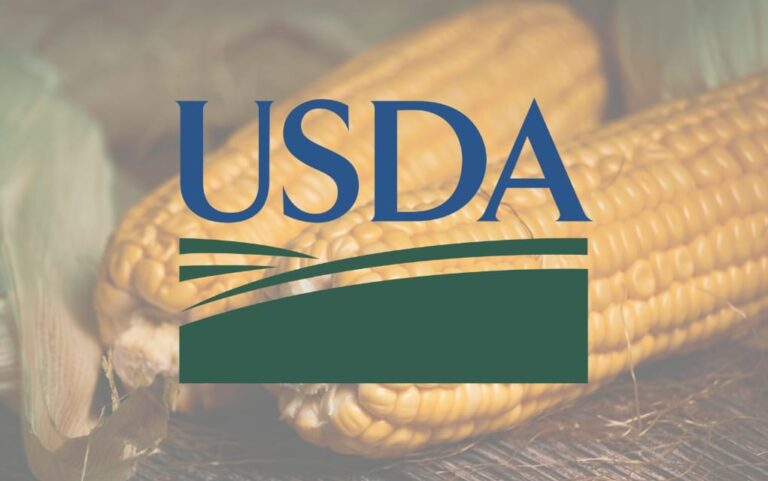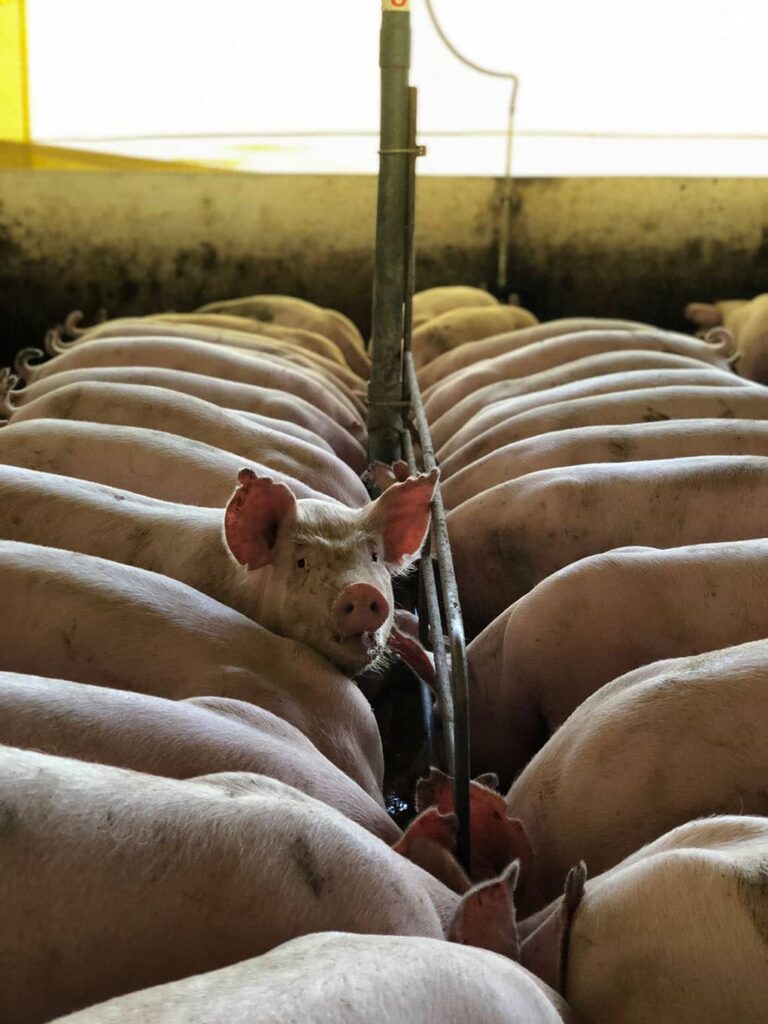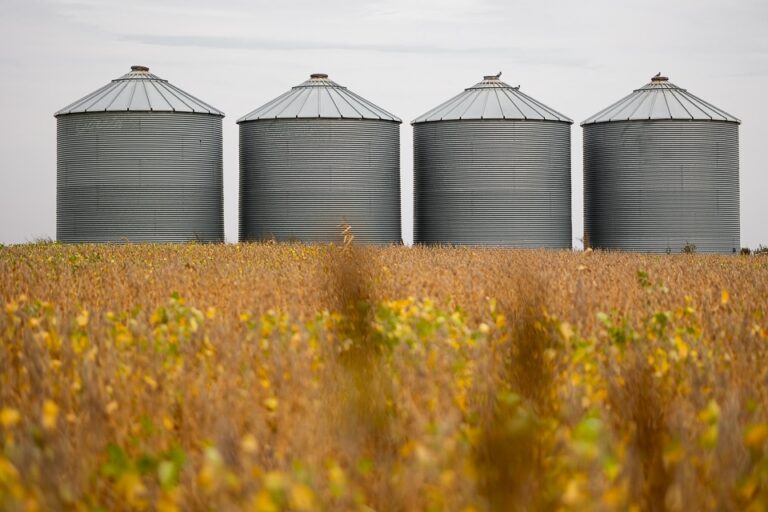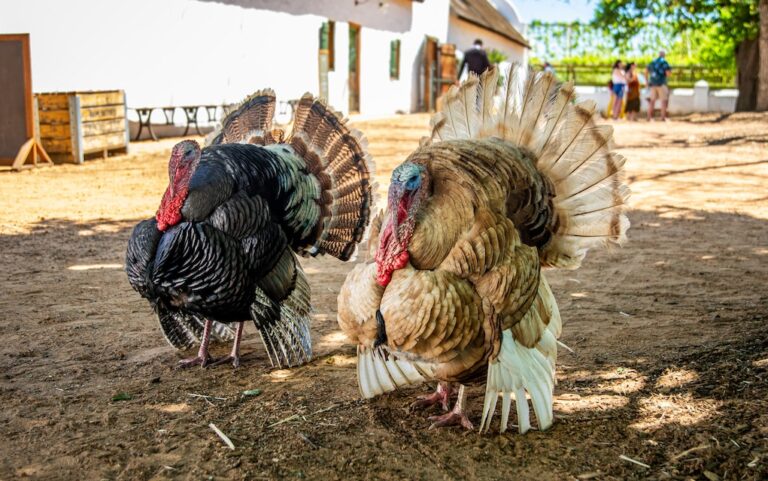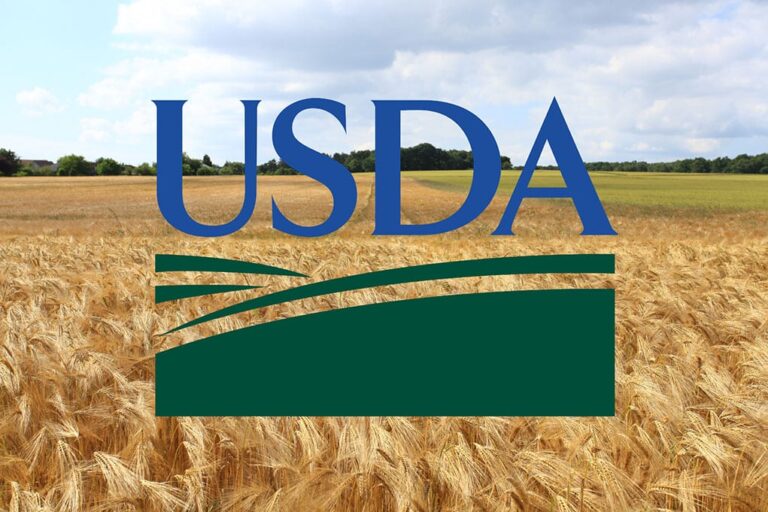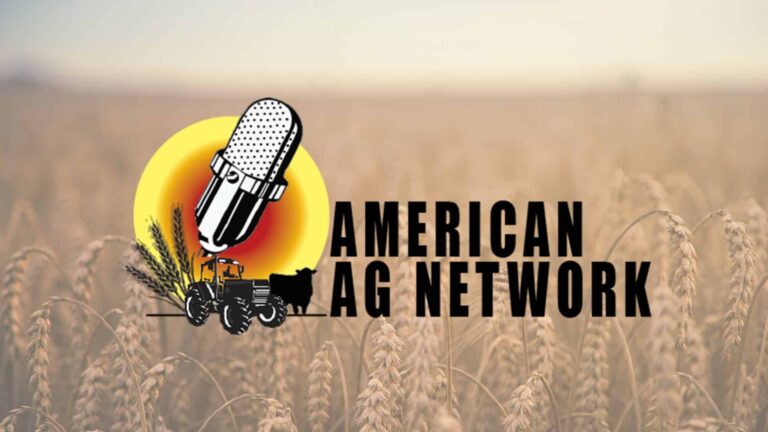Lawmakers want limits or bans on farmland buys by China, Russia, North Korea and Iran, but a USDA official tells the Senate Ag Committee, that Congress never gave it the money to modernize the reporting system started with a 1978 law.
USDA Deputy Under Secretary for Farm Production and Conservation Gloria Montano Greene said “The Consolidated Appropriation Act did designate that the USDA needed to modernize the AFIDA reporting system within three years and make it an online system. We did not receive any funding to be able to implement that.”
Instead, Montano Greene told Senate Ag her agency simply uploaded a searchable Excel file—the cheapest way to comply with last year’s Farmland Security Act that updated the earlier Ag Foreign Investment Disclosure Act.
Lawmakers have since offered nearly two dozen bills to restrict farmland buys and leasing, broaden reporting requirements and penalties and ban farm payments to foreign holders. One bill aimed at China, Russia, Iran and North Korea is part of the pending national defense bill. Montana farmer and Senator Jon Tester said ; “When we’re talking about somebody like the Chinese Communist Party, putting up a corn milling plant within miles of a sensitive Air Force base, and our agencies can’t do anything about it, we need to give them the authority—we need to make sure that this doesn’t happen.”
Tester and South Dakota’s Mike Rounds would seat USDA on CFIUS (SEE-fee-us), a national security investment review panel. A House Ag spending bill does the same. Other lawmakers seek to put their measures on the farm bill.
Separately, Iowa Republican Joni Ernst complained, there is no farm bill. Ernst, “I would be remiss not to express my frustration that we do not have at this time, meaningful progress on the farm bill. We are set to let the 2018 farm bill expire in three days, and I really think this is a shame.”
Senate Ag Chair Debbie Stabenow of Michigan responded; “We are diligently working on the farm bill. I’ve been involved in six of them, none of them, unfortunately, have hit the exact deadline.”
But some Ag Senators and others predict the need for a one year farm bill extension amid the political turmoil over spending, a dwindling legislative calendar this year, and a possible government shutdown.


